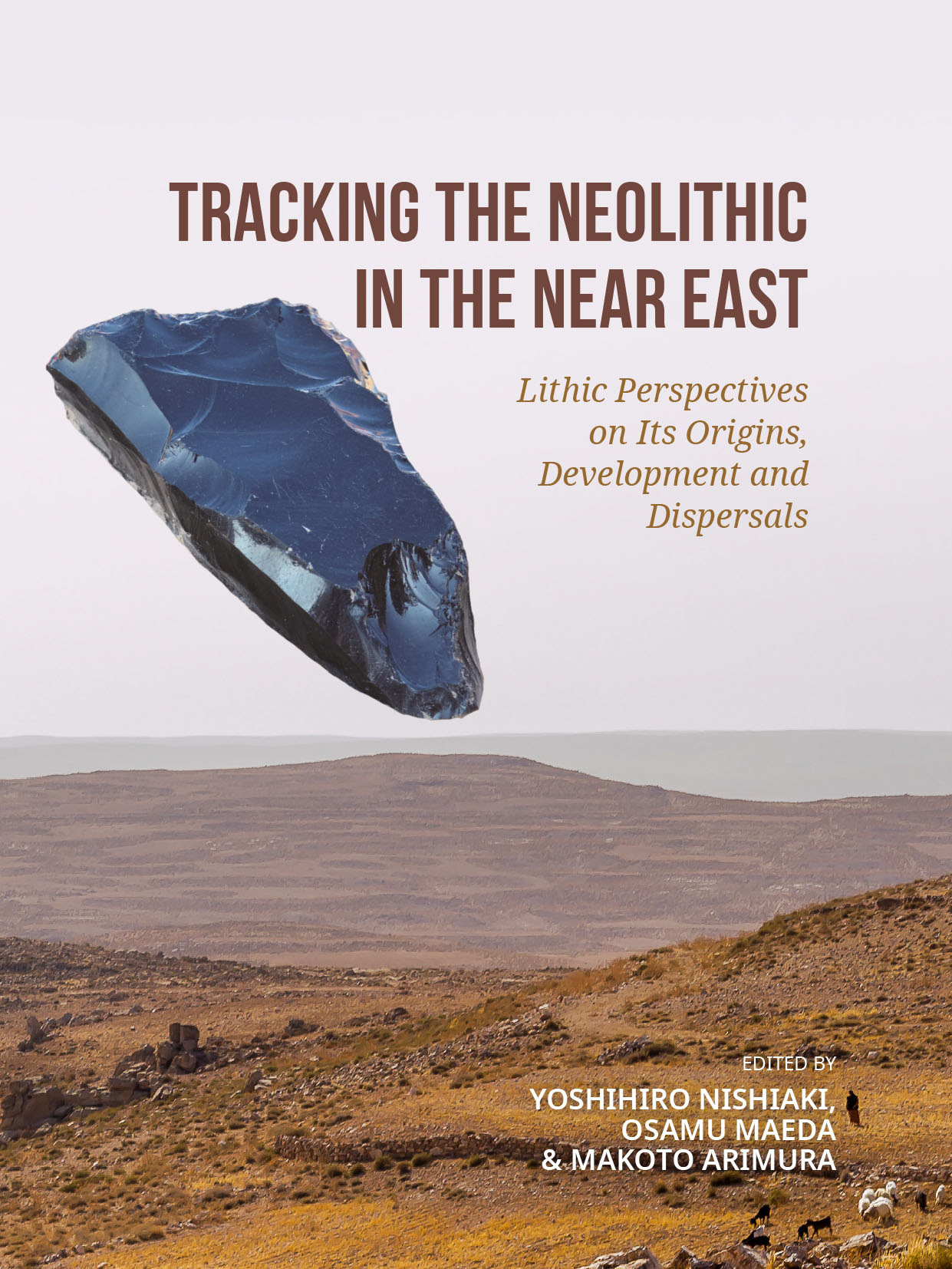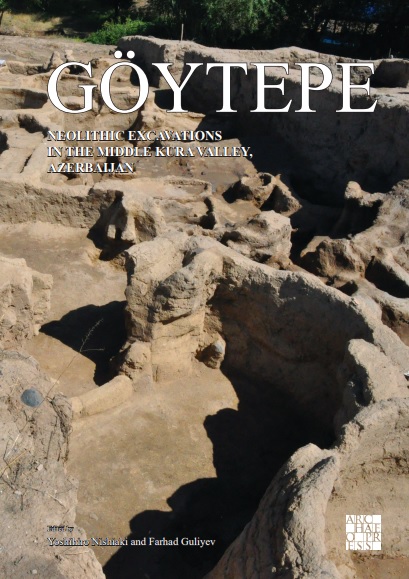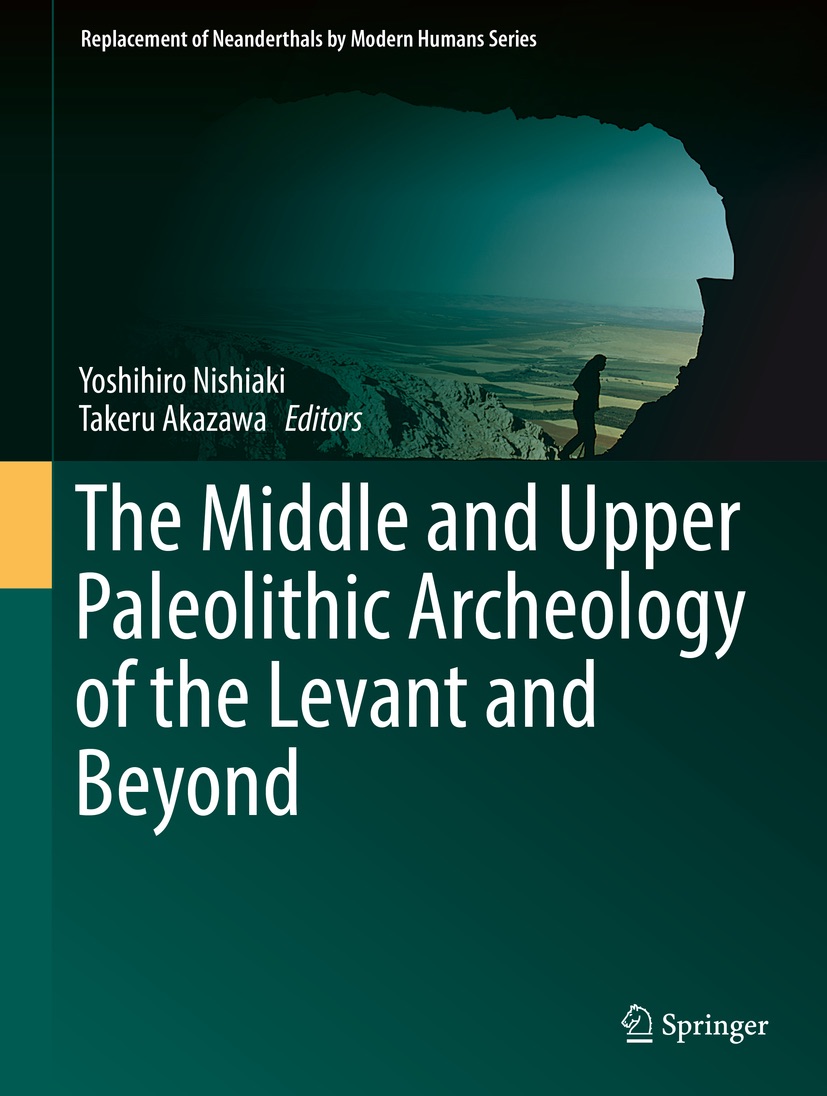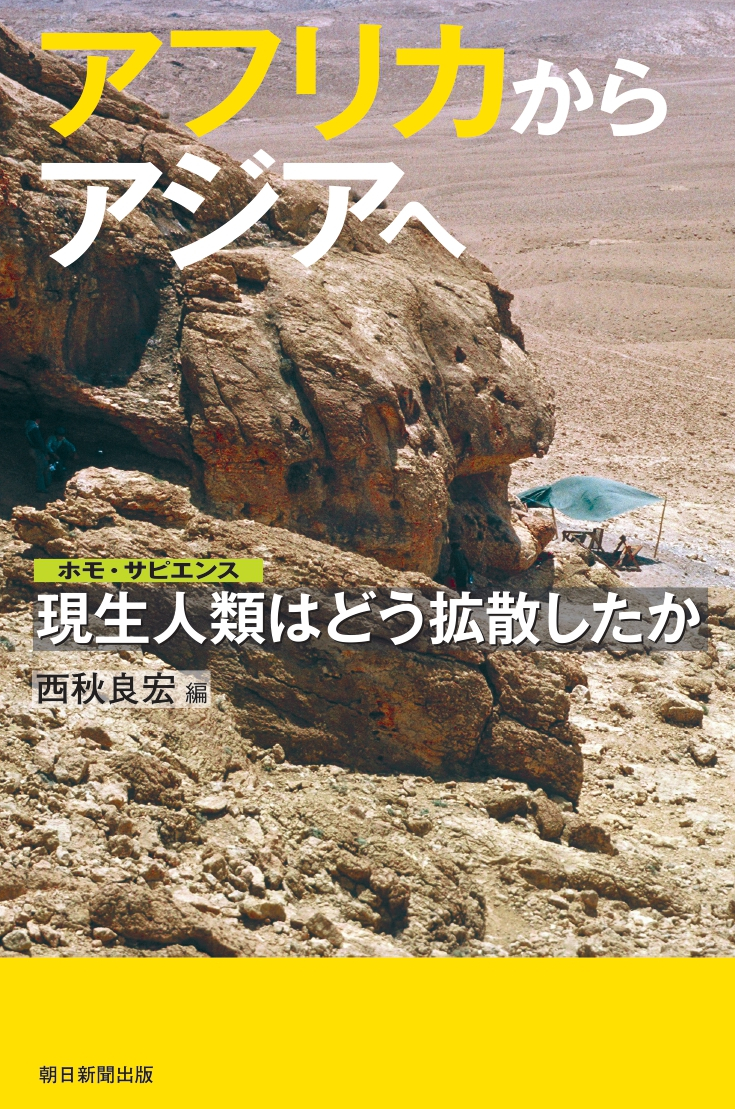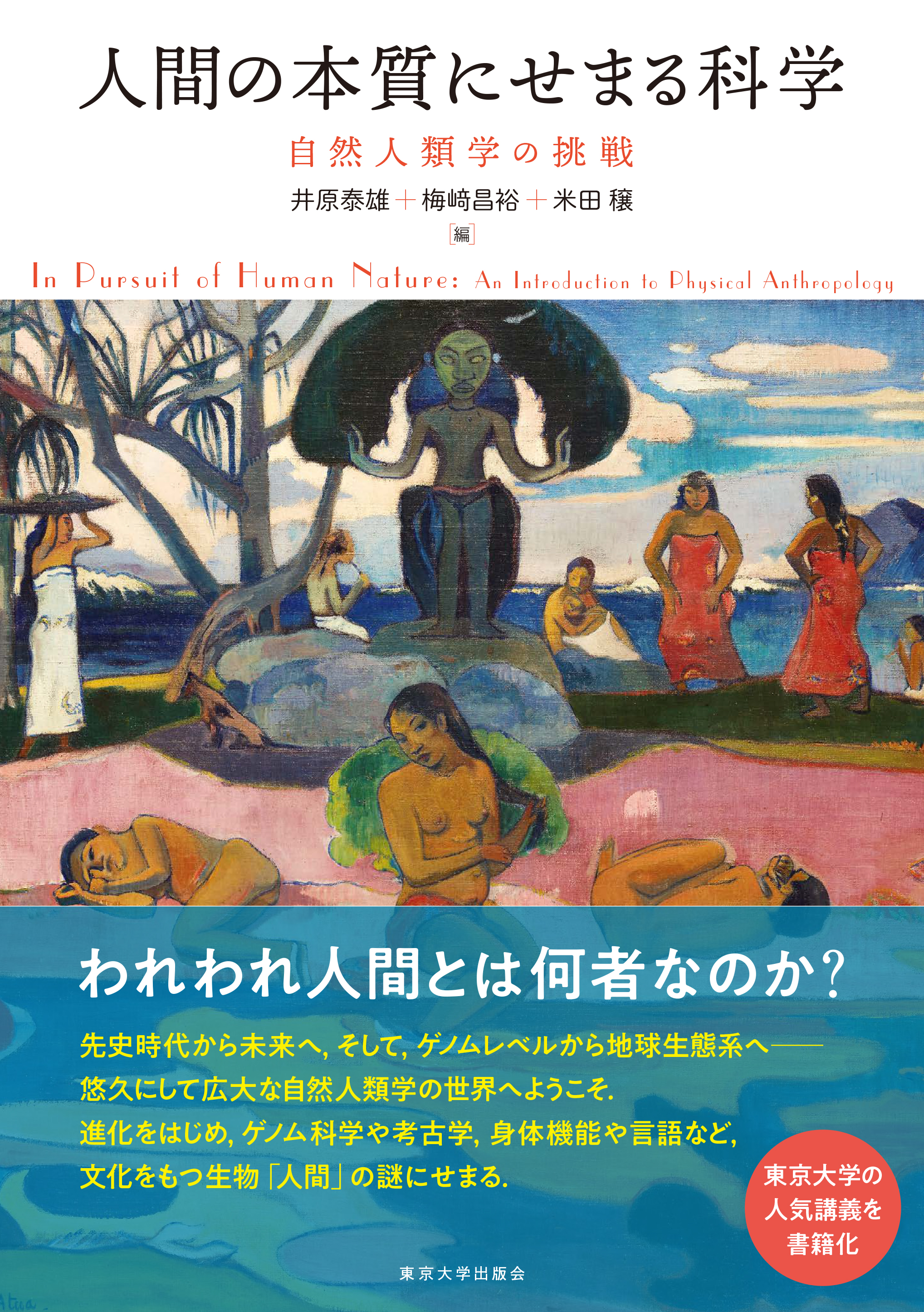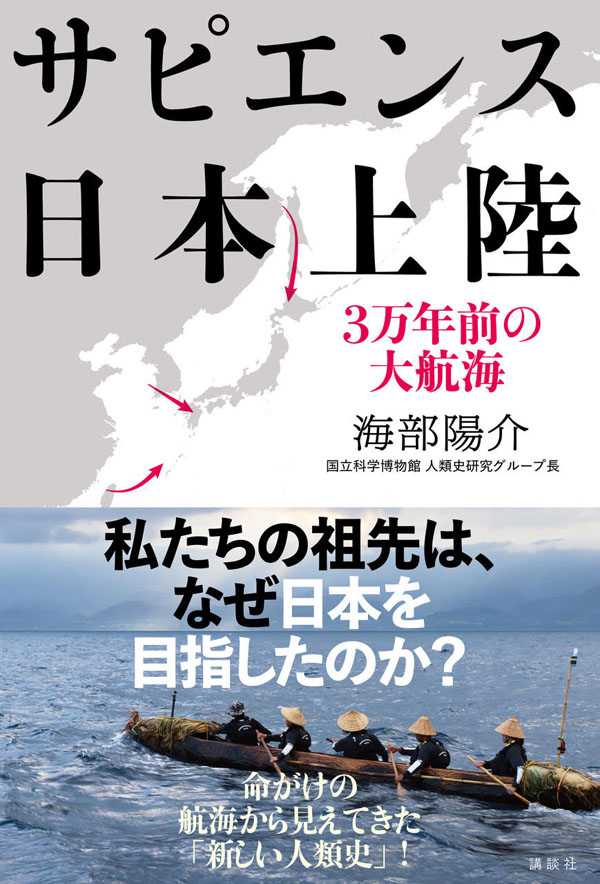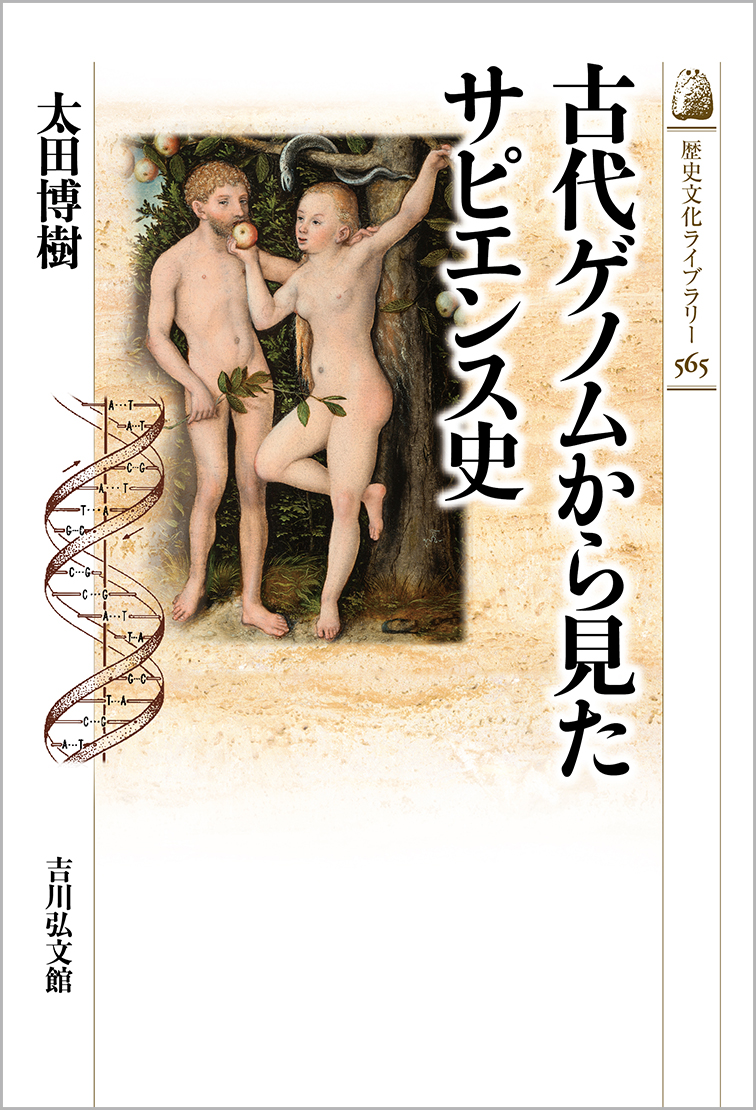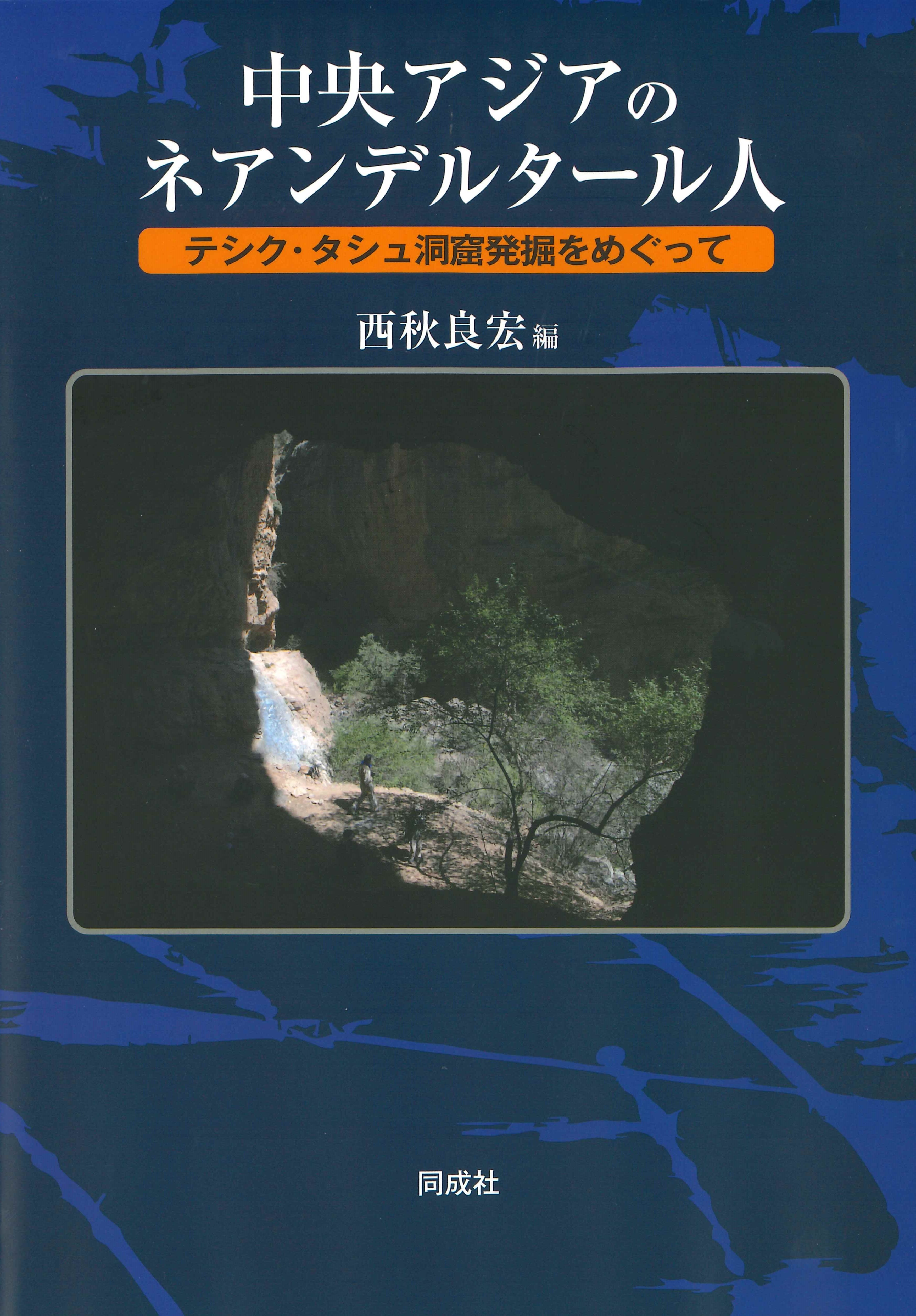
Title
Chuo-Asia no Neanderthal-Jin (Neanderthals of Central Asia - Issues on the Discoveries at Teshik Tash Cave, Uzbekistan)
Size
240 pages, A5 format
Language
Japanese
Released
March 25, 2021
ISBN
9784886218599
Published by
Dousei-sha
Book Info
See Book Availability at Library
Japanese Page
Neanderthals are a hominid species that first appeared in Europe 200,000 to 300,000 years ago and became extinct 40,000 to 50,000 years ago. If we consider the 7-million-year history of humans, Neanderthals represent a recent group that is among the most closely related to modern humans (Homo sapiens). Since the discovery of the first fossil in Germany’s Neandertal valley in 1858, Neanderthals have been the source of numerous questions: What did they look and how did they live? Why did they become extinct? And perhaps most fundamentally, how were they different from us?
Despite the long history of research, Neanderthals remain shrouded in mystery. For archaeologists, two of the most important questions that continue to be asked are when and where they lived. What provide the clearest answers to these questions are fossil skeletons. While it was known in the 19th century that Neanderthal fossils could be found throughout Europe, the discovery of a Neanderthal fossil in Israel in 1932 changed our understanding of the extent of Neanderthal’s range.
What provided unmistakable evidence that the distribution of Neanderthals extended further east into Central Asia was the discovery in 1938 of a Neanderthal skeleton in the Teshik-Tash Cave in Uzbekistan, which is the subject of this book. The fact that the fossil consisted of a complete skeleton from a burial site made the discovery even more sensational. For a long time, this burial site was considered the eastern extreme of the Neanderthal distribution—that is, until 2007, when the distribution was redrawn once again. Genetic studies demonstrated that Neanderthals existed as far east as the Altai Mountains. This research also showed that Neanderthals interbred (hybridized) with Homo sapiens and that we Japanese also inherited Neanderthal genes, which led to a sudden increase in research in Asia.
It is in this context that this book was compiled to organize knowledge regarding the past and present of the Teshik-Tash Cave, which has become a fixed point in research on Neanderthals in Asia. In truth, what we know about Neanderthals in Central Asia and further east comes from fossil fragments and genetic data, which do not provide direct evidence of what Neanderthals looked like or how they lived. To date, Teshik-Tash Cave remains the only site where the evidence needed for archaeological studies—nearly complete fossil skeleton, burial vestiges, stone implements, animal bones, etc.—has been found in a single location.
The book consists of two parts. Part 1 consists of the first-ever Japanese translation of the classic excavation report published during the former Soviet Union era, while the Part 2 contains my interpretation of this report and an explanation of current trends in research. I also discuss the results of my research on Neanderthals that I conducted in Uzbekistan over the past decade.
For a long time, Europe and West Asia were the focus of research on the relationship between Homo sapiens and Neanderthals. Full-fledged research in Central Asia and eastward has only been conducted over the past two decades since the collapse of the Soviet Union. The study area consists of regions where thorough archaeological studies have not been conducted and, thus, is expected to continue to yield novel discoveries. Among these discoveries will certainly be some related to the origins of our own Japanese population. Knowledge of Teshik-Tash Cave will undoubtedly prove useful as a starting point for research aimed at interpreting these new discoveries.
(Written by NISHIAKI Yoshihiro, Professor, The University Museum / 2022)
Related Info
Yoshihiro Nishiaki, Otabek Aripdjanov “A new look at the Middle Paleolithic lithic industry of the Teshik-Tash Cave, Uzbekistan, West Central Asia” (“Quaternary International” Volume 596, p.22-37 Sept. 20, 2021)
https://doi.org/10.1016/j.quaint.2020.11.035
International Symposium: Insights Into Human History in the Eurasian Stone Age: Recent Developments in Archaeology, Palaeoanthropology, and Genetics (TOHOKU Forum for CREATIVITY Sept. 27, 2022)
https://www.tfc.tohoku.ac.jp/event/4284.html



 Find a book
Find a book


